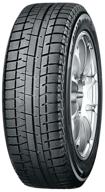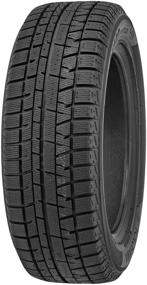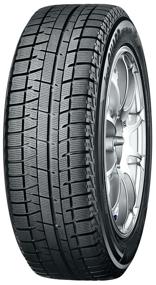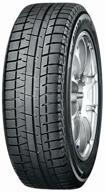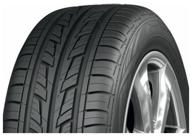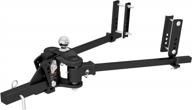Description of Yokohama Ice Guard IG50+ 195/65 R15 91Q winter
Yokohama iceGuard IG50+ is a slip-on friction winter tire with an asymmetric tread pattern designed for passenger cars and crossovers.
Despite a very recent appearance on the domestic market, the Yokohama Ice Guard IG50+ winter tire can hardly be called a novelty, since it is an improved version of the model of the same name, released several years earlier. It differs from the "original" in improved grip on ice, as well as increased fuel efficiency. At the same time, its tread pattern remained the same. All changes affected the internal components of the tire structure.
Like the previous model, the tread of this tire has the ability to absorb water formed as a result of its friction on ice. It is provided by numerous micropores, which, when in contact with the road surface, behave in exactly the same way as a conventional pump. The lack of efficiency of this technology in the predecessor was explained by the uneven distribution of these micropores in the tread. The use of a new version of the White Gel absorbent element, as well as the use of new technologies in the manufacture of the rubber compound, made it possible to almost completely eliminate this drawback. Moreover, the Japanese tire manufacturers managed to significantly increase the number of micropores in the tread. The end result of all these improvements was a 7 percent reduction in stopping distances on ice.
Another difference between the version with the “+” sign in the name and the previous Yokohama Ice Guard IG50+ tire is the tread design. It is still a two-layer, but the characteristics of both layers have been significantly changed. In particular, the inside of the tread is made from an even tougher compound. In addition, it is characterized by reduced heating during movement. All these changes were aimed at reducing rolling resistance as much as possible. At the same time, Japanese tire manufacturers managed to significantly improve a number of other operational properties, ranging from control efficiency to resistance to premature wear.
In turn, the outer layer of the tread is made of a compound that can maintain elasticity at an optimal level over a very wide temperature range. Such physical and chemical properties are achieved due to the presence in its composition of an additional amount of silica, as well as special polymer compounds, which give the compound increased uniformity and ensure the integrity of the tread at high temperatures.
Another characteristic feature of this model is the stability of grip characteristics in all road and weather conditions. It is achieved due to the ability of the tire to keep the shape and size of the contact patch unchanged, the configuration of which is close to square. This feature appeared due to the use of a whole range of technical solutions. The main one is the optimized tread profile...
Hide
